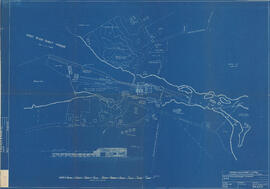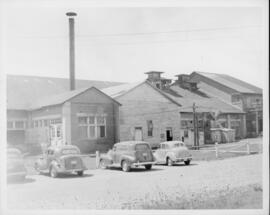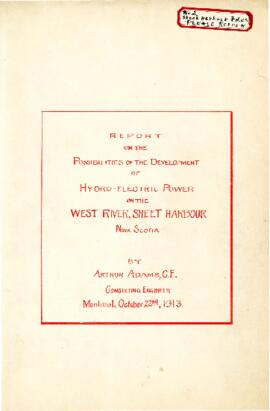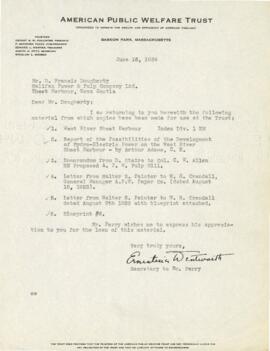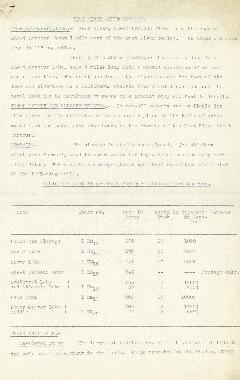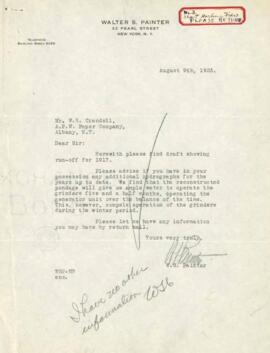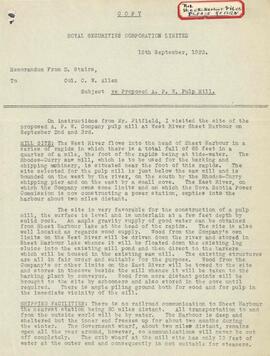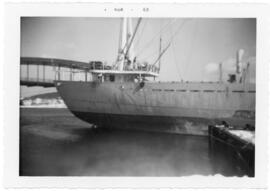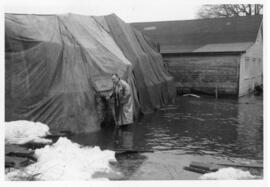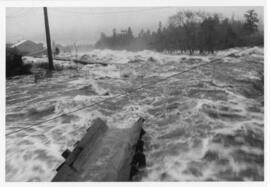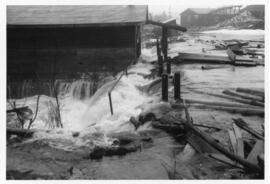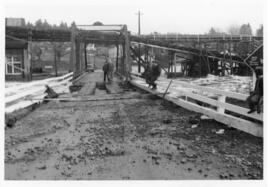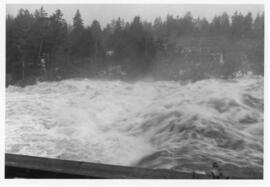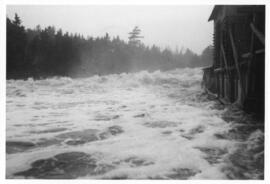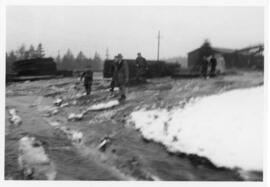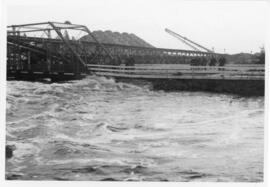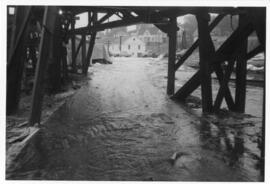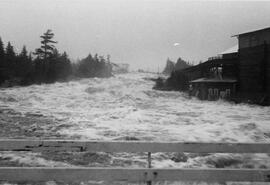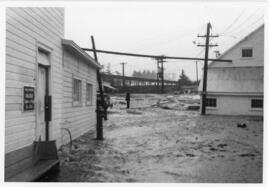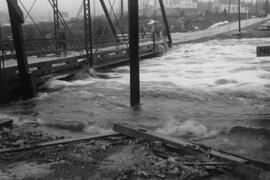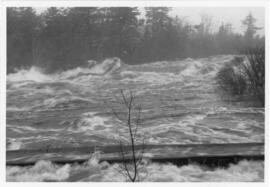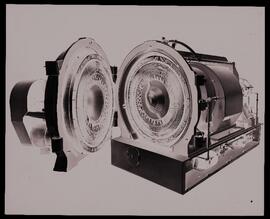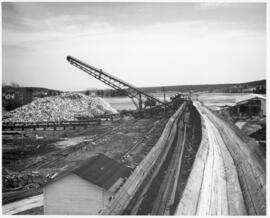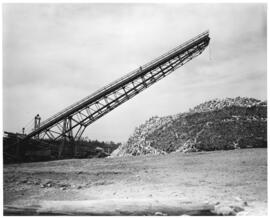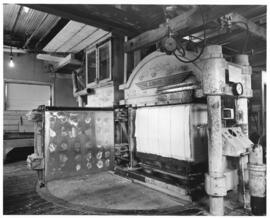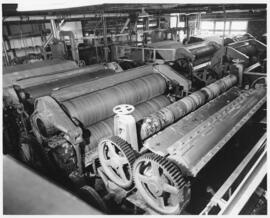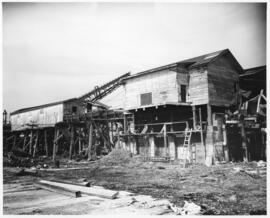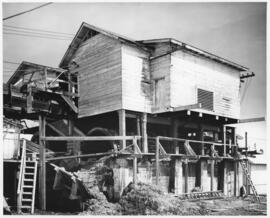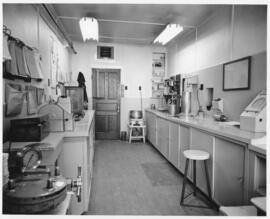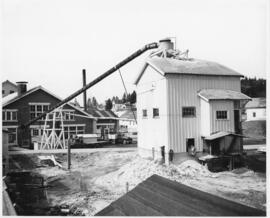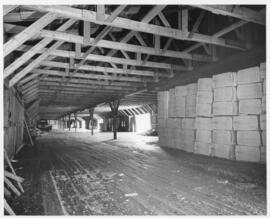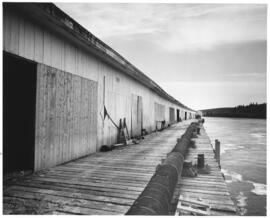Title and statement of responsibility area
Title proper
General material designation
- Graphic material
- Technical drawing
- Textual record
Parallel title
Other title information
Title statements of responsibility
Title notes
Level of description
Repository
Reference code
Edition area
Edition statement
Edition statement of responsibility
Class of material specific details area
Statement of scale (cartographic)
Statement of projection (cartographic)
Statement of coordinates (cartographic)
Statement of scale (architectural)
Issuing jurisdiction and denomination (philatelic)
Dates of creation area
Date(s)
Physical description area
Physical description
Publisher's series area
Title proper of publisher's series
Parallel titles of publisher's series
Other title information of publisher's series
Statement of responsibility relating to publisher's series
Numbering within publisher's series
Note on publisher's series
Archival description area
Name of creator
Administrative history
The groundwood pulp mill was built in 1924 by the American Perforated Wrapping (A.P.W.) Company of Albany, New York. The mill was located at the mouth of the West River in Sheet Harbour, Nova Scotia, and its first pulp produced in March of 1925. The first shipment of pulp took place in June 1925, marking the first ocean-going ship to reach Albany, New York, and establishing it as an Atlantic seaport.
In 1933 the company’s name was changed to Halifax Power & Pulp Company, and controlled by Roger Babson interests. It was subsequently sold to Fox Brothers in 1944, and Hearst Enterprises of New York in 1946, but both times the company name was retained.
In 1963 the company was sold to the Fraser Companies, Limited of New Brunswick, and became known as Fraser Companies, Limited, Nova Scotia Division. Finally in 1964 it was sold to the Scott Paper Company of Philadelphia, Pennsylvania, and became known as the Scott Paper Company, Sheet Harbour Division. Throughout these changes the operation in Sheet Harbour was helmed by J.S. Donaldson, and after 1967 by C.B. McKenna.
In 1964 the mill had an average production of 100 tons of mechanical groundwood pulp per day, or 30,000 tons annually, consumed 27,000 cords of wood annual, and employed over 100 men in the mill and 100 – 200 more men in the woods on a seasonal basis; these men were unionized via the International Brotherhood of Pulp, Sulphite and Paper Mill Workers, Local 301 (in the mill), and Sheet Harbour Longshoremen’s Association Local No. 1449 (stevedores). Market for the product included the United States, Mexico, South America, England, Italy, Spain, Israel, Korea, and Formosa.
The company had private ownership of 115,000 acres of forested land from which approximately 50% of their wood requirements were cut, the rest purchased from small woodlot owners. Equipment used in the plant included: slasher and barking drums, conveyors, grinders, coarse screens, fine screens, Kamyr wet machines, flash drying equipment, high density press, and balers. Once finished and dried the pulp was formed in 800 pound bales and shipped to the United States where it was used in the manufacture of high quality tissues and towels.
In 1971 the pulp operation suffered significant flood damage; due to this damage and a difficult market in which it was considered fortunate merely to break even, the decision was made to not rehabilitate the plant, and thus pulp and paper operations at Sheet Harbour came to an end.
Custodial history
Scope and content
Notes area
Physical condition
Immediate source of acquisition
Arrangement
Language of material
- English





